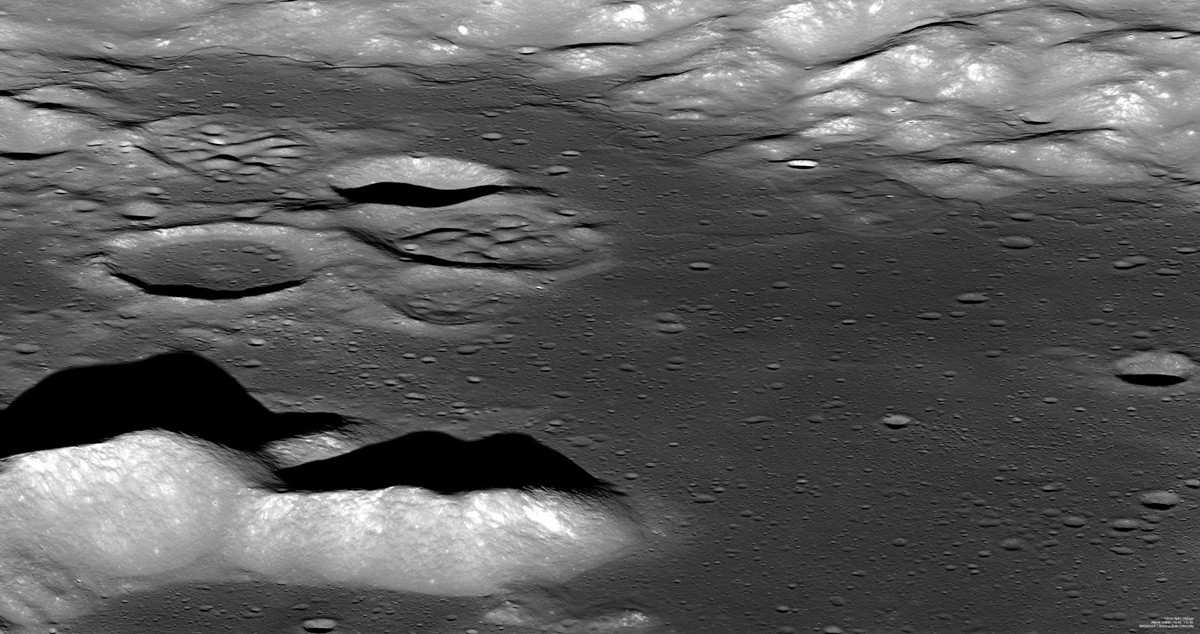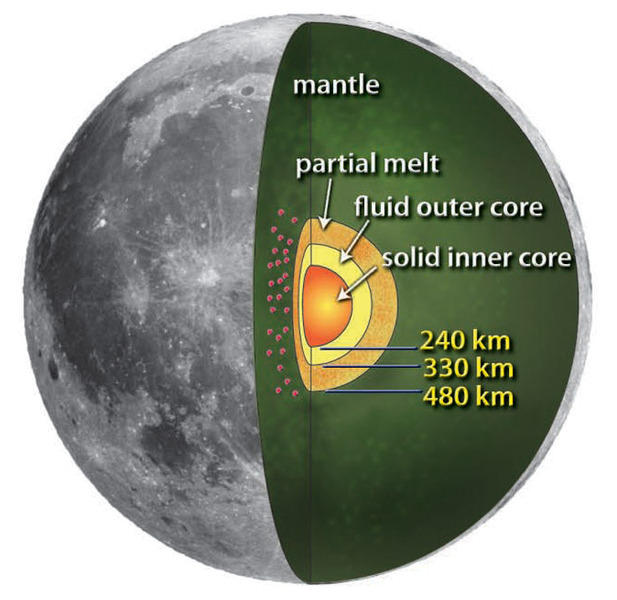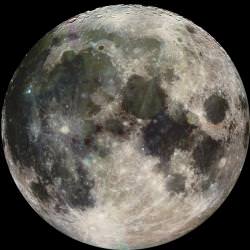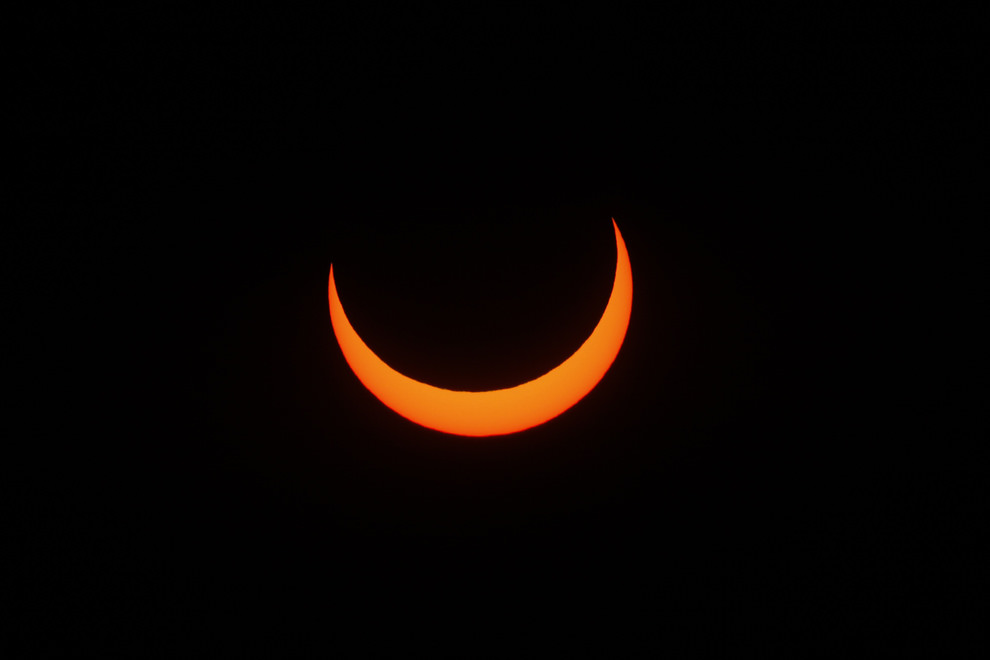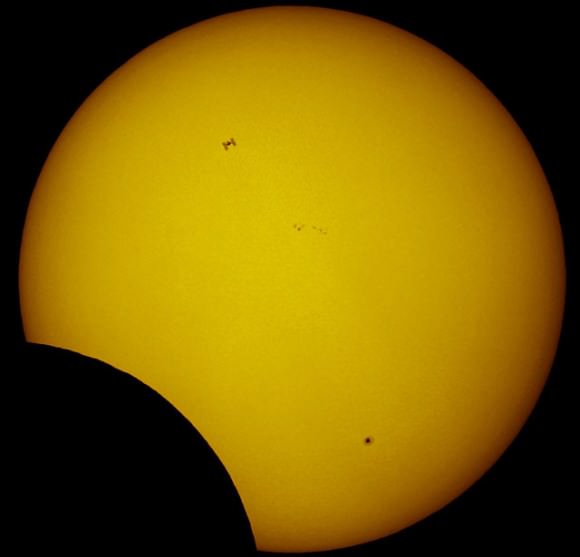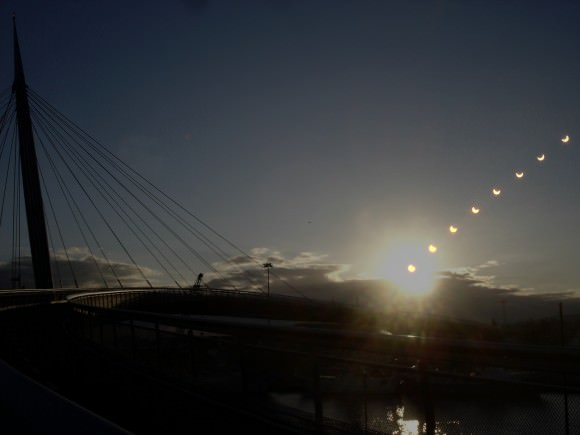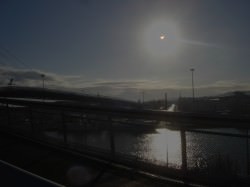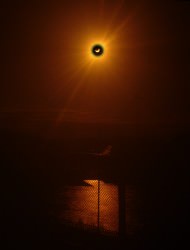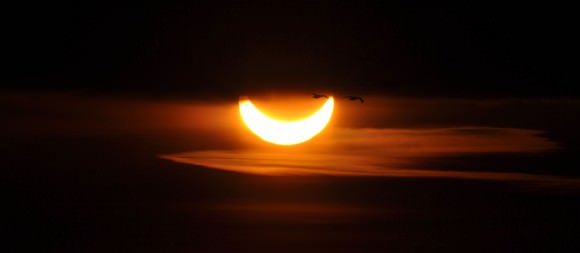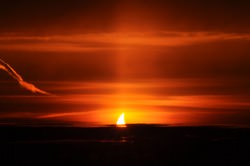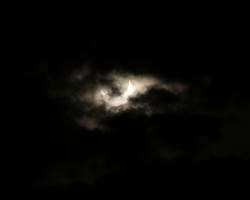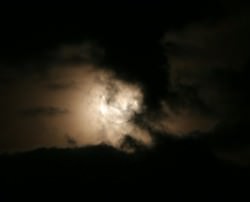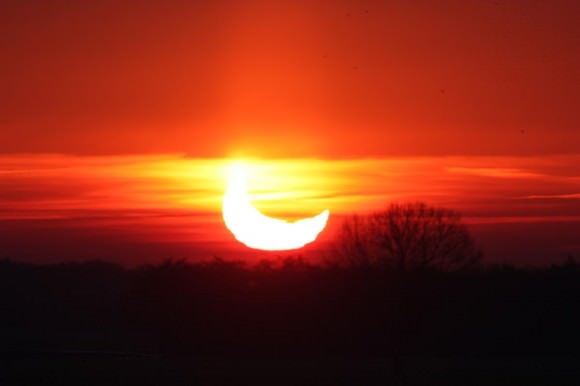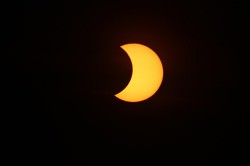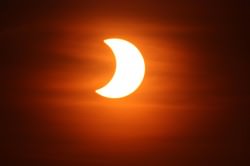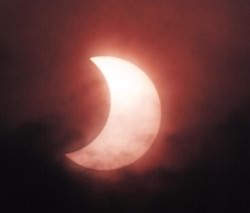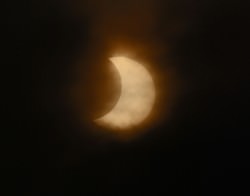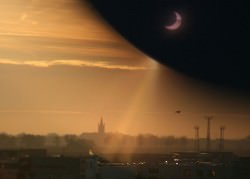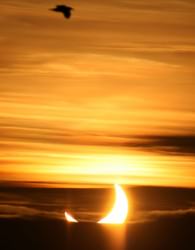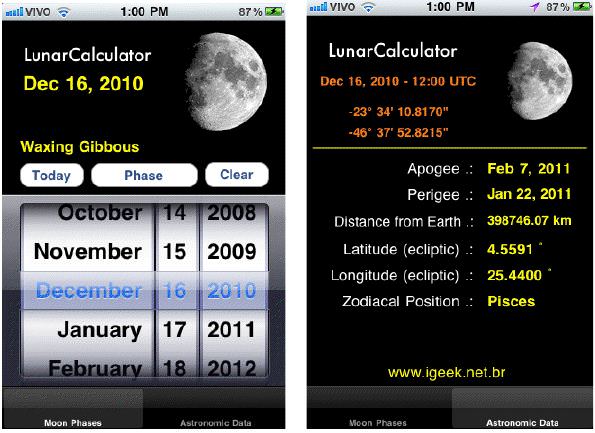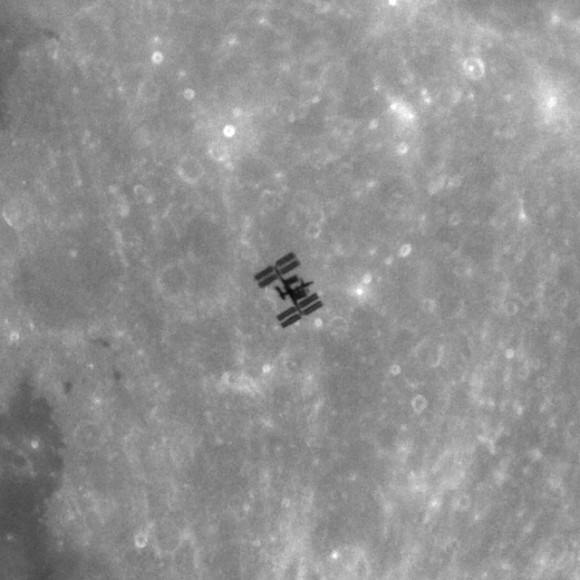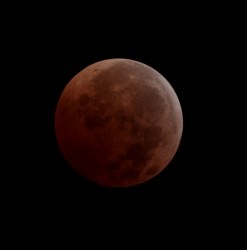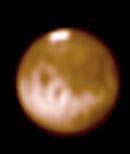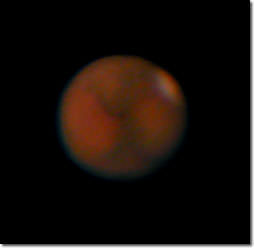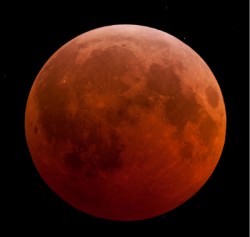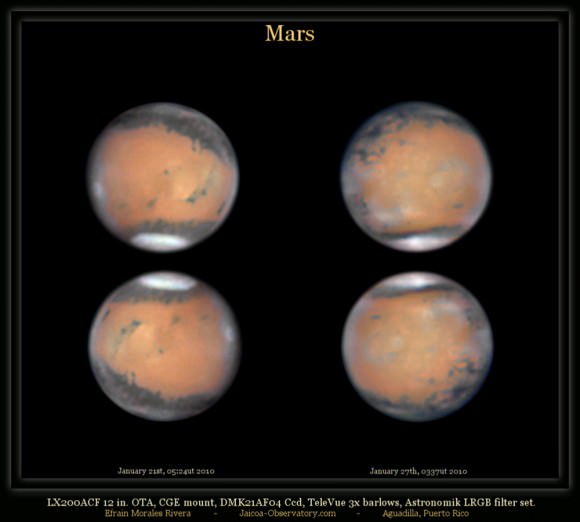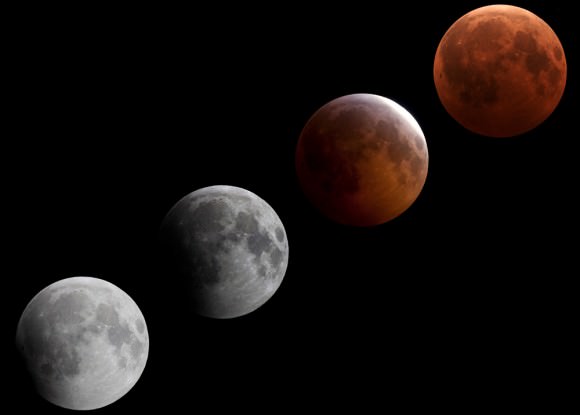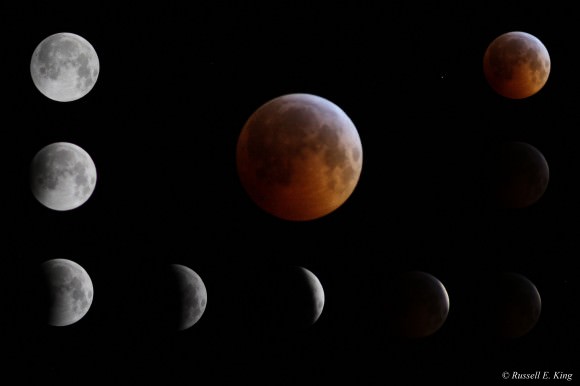[/caption]
How often have you heard (or thought) the sentiment that all NASA really needs is a President who will issue a bold challenge for the space agency, like Kennedy did in 1961, initiating the Apollo program to the Moon? Can we ever expect to witness such a call to action again?
“It is very unlikely,” said space historian and author Andrew Chaikin, who believes Apollo was an historical anomaly. “I think for many decades people saw Apollo as a model for how to do a space program; that you get a President to get up and make a challenge and the country follows along and does great things. But that was only true that one time in the context of the Cold War.”
We went to the Moon when we did not because we were a nation devoted to exploration, Chaikin believes, but because it seemed a politically important course of action in the context of our Cold War with the Soviet Union. “Once that was accomplished, then that political imperative evaporated,” he said.

Likely, we won’t hear any bold space-related challenge in tonight’s State of the Union Address by President Obama. Given the state of the economy, NASA might be facing a cut or freeze on their budget, a fact which might emphasize how unique an event the Apollo program ended up to be.
“What is required now is the development of technologies that will allow us to explore space in a sustainable way,” said Chaikin, author of “A Man on the Moon: The Voyages of the Apollo Astronauts,” who I interviewed for the NASA Lunar Science Institute podcast, “a way that won’t break the bank and will allow us to do more and more with reliable transportation systems that get us up into low Earth orbit. Then perhaps we can build the machines that can actually be stored in space to allow us to venture beyond low Earth orbit to the Moon and even further, to Mars and other destinations in the solar system.”
Chaikin said he’s actually very excited about the work being done in the private sector, such as by SpaceX, one of several commercial space companies trying to develop new transportation systems to provide sustainable hardware and sustainable architecture. “That can allow us to really get back in the game of exploring, not only with robots as we have been doing all along, but with humans again,” Chaikin said.
But Apollo’s uniqueness doesn’t mean it wasn’t important, or hasn’t left a lasting legacy for human spaceflight, and the human race in general.

“Simply put Apollo was the opening act in a story that has no end,” Chaikin said. “It’s a story of human beings leaving their home planet and venturing out into the universe, and as far as we go into space in some distant epoch, when we are living in other star systems and venturing throughout the galaxy, Apollo will have been the first step, so it is absolutely monumental when you look at it in that scale. I think Apollo is a lasting inspiration about what humans can accomplish when they work together.”
Apollo also showed people that anything was possible. “There was a phrase that went into our language after Apollo, and that was ‘If we can put a man on the Moon, why can’t we…’ fill in the blank,” said Chaikin. “The spirit that humans can overcome monumental challenges by working together, I think, is a valid legacy of Apollo culturally.”
Chaikin said Apollo was also important because of the technology development it spurred.
“A lot of the challenges that Apollo presented forced the industries to accelerate their development,” he said, “particularly in microelectronics. It is not that NASA invented all of the microelectronics that we use today but rather that the requirements of building a moon-ship and cramming it with all of the electronics that it needed to do its job required the electronics industry to miniaturize at a faster pace, it required the development of computers that could fit on a spacecraft, it required all kinds of analytical techniques and real-time tracking of the spacecraft as it went to and from the Moon. The legacy today is all the communications technologies and information processing technology that we are surrounded by. That really got an amazing jump start as part of the Apollo program.”
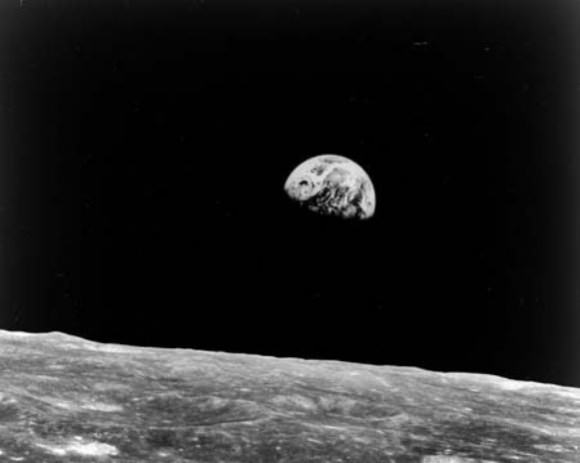
And Apollo also affected our culture, in unique ways we observe even today. How often have you seen the “Earthrise” image taken by Apollo 8 or the picture of Buzz Aldrin standing on the Moon or other Apollo-related imagery in non-space-related venues?
“We got to a place where humans had never been before,” Chaikin said, “and the other lasting legacy is the view that we got from that ‘mountaintop,’ of our Earth as a very precious oasis of life in space, and a world that really is to be cherished and protected.”
We knew even as it was happening, Chaikin said, that seeing our world floating alone in space was perhaps the most profound impact of the voyage.
“In fact, if you look at the front page of the New York Times the very day after Frank Borman and his crew became the first humans to orbit the Moon,” Chaikin said, “you will see an essay by a poet named Archibald MacLeish talking about the impact of that view and the perspective of us as ‘brothers in the eternal cold riding on spaceship Earth.’ So this is one of the things sets Apollo apart from other earlier explorations is that we were experiencing it as it happened through live television and we were actually absorbing and processing the impact in real time.”
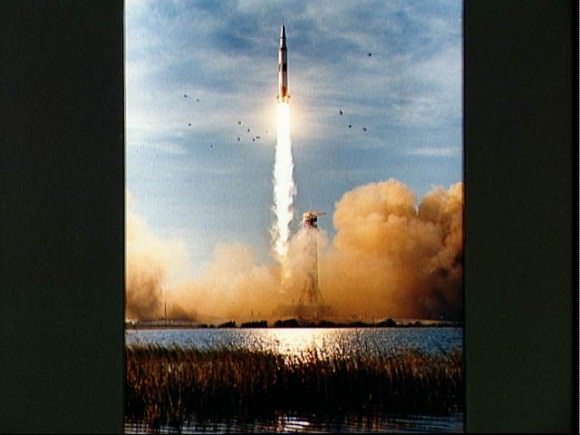
But then, humans being as attention-challenged as we are, it didn’t take very long for all of it to become old hat and to kind of recede into history. “And that is where we are today,” Chaikin said.
That being said, Chaikin does not see the Moon as a “been there, done that” world.
“As you know, we’ve been finding frozen water at the poles of the Moon and this is a completely different view of the Moon than we had 40 years ago,” Chaikin said. “And there are more and more intricacies that we are finding all the time. The Moon itself is a Rosetta Stone for deciphering the history of the solar system, and is profoundly valuable world for us on so many levels. And it is a spectacular place. The Apollo astronauts – I’ve spent hours talking to all of them about the Moon, about the experience of being on the Moon and they just say it is a spectacular place.”
“It is too bad that the political impetus for going to the Moon was so short-lived because it was part of the Cold war,” Chaikin continued, “and looking back we can see why that was the case. It is too bad we lost interest in the Moon and it has taken us so long to turn our attention back to the Moon and all it has to offer.”
Listen to the entire interview with Chaikin on the NLSI podcast, which can also be heard on the 365 Days of Astronomy podcast.
For more information about Andrew Chaikin, see his website, andrewchaikin.com


